The headwinds facing Democrats in Congress have been blowing powerfully for some time now. On culture, the economy, law enforcement and immigration the party is on the defensive as it casts about not only for a winning message, but leaders able to persuade the public the party remains relevant in the age of Trump.
Add to that list of hurdles the Supreme Court.
The court’s conservative majority has delivered one blow after another to treasured progressive causes including transgender rights, maintaining the federal workforce and presidential authority. Now the court is contemplating changes to the Voting Rights Act that could, if carried out, cause Democrats to lose a dozen or more seats in the House, all of them held by minorities.
Further losses for House Democrats couldn’t come at a less opportune time. While the Republican House majority is razor thin, Democrats have yet to hit on a theme that could plausibly drive a campaign to take back control. Off year elections typically favor the party out of power, but with opinion polls showing historically low ratings for Democrats nationally, the picture is bleak.
That is why the case before the Supreme Court is so problematic for Democrats. During oral arguments Oct. 15, Republican appointed justices seemed to suggest they were open to restricting and perhaps even ending a provision of the Voting Rights Act that permits state legislatures to consider race when drawing up congressional districts. It’s not at all clear that the court, if it decides to strike down or dramatically change the law, will issue a ruling in time for next year’s congressional elections, though the possibility cannot be ruled out.
Most of the vulnerable districts are in the south. Were the court to curtail the act, some 30 percent of the Congressional Black Caucus, might lose their seats.
The case, Louisiana v. Phillip Callais, centers on a redistricting battle in Louisiana following the 2020 census. Population changes forced the state Legislature to redraw the state’s seven congressional districts to ensure that the state’s voters were evenly distributed among them. A group of black voters challenged the plan, arguing that by creating only one black majority district, the state had intentionally discriminated against African American voters, who composed one third of the state’s residents.
A federal district court judge agreed and in response, Republican leaders preemptively came up with a new plan that created a second black majority district while at the same time protecting the seats of House Speaker Mike Johnson and majority leader Steve Scalise, both Republicans.
Deploying a dash of Constitutional finesse, the Republican authors of the new map declared that even though they had created the state’s second black majority district, the primary goal was not to redress a racial injustice, but rather to insure the Republicans’ advantage in the upcoming congressional elections. In the abstruse and often murky precincts of Constitutional law, the Republican map drawers seemed to be creating a defense against a line of attack that they had impermissibly used race in their redistricting plan.
It didn’t work. A group of white voters sued, alleging the map breached the Equal Protection Clause of the 14th amendment by engaging in racial stereotyping to design the district, and they asked the court to throw out the redistricting plan.
During oral arguments, the court’s conservative justices appeared open to the idea of restricting or perhaps even overturning section 2 of the 1965 Voting Rights Act, which in broad terms restrains state legislatures from engaging in the practice of racial gerrymandering, or intentionally distributing minority voters among multiple districts in a way that leaves them short of a majority.
Over time, the Supreme Court has interpreted the law to mean that state legislatures may consider race among a number of other factors, including incumbent protection and geographic consistency, so long as the purpose of the plan is to remedy past discrimination.
Justice Brett Kavanaugh queried Janai Nelson, president of the NAACP Legal Defense and Educational Fund, who argued in favor of keeping the second black majority district, on whether section 2 ought to be time limited in some way. The implication of course was that maybe the time had come to end the practice.
“As you know… this court’s cases in a variety of contexts have said that race-based remedies are permissible for a period of time, sometimes for a long period of time, decades in some cases, but that they should not be indefinite and should have an end point,” Kavanaugh said. “And what exactly do you think the end point should be or how would we know for the intentional use of race to create district.”
Later in the hearing, Justice Neil Gorsuch pointedly asked whether creating a black majority district would require that a state intentionally discriminate on the basis of race by excluding white voters.
At another point, Justice Samuel Alito seemed to imply that apportioning white or black voters from one district to another might not have anything to do with racial stereotyping but rather the result of partisan politics, since in many jurisdictions whites overwhelmingly vote Republican while blacks vote largely for Democratic candidates.
Under those circumstances, what might look like racial stereotyping instead is simply one party or another seeking to pack a district with their voters.
“If it happens to be that people of one race or another race overwhelmingly prefer one of the political parties, does that transform the situation into racial voting, or is that just partisan voting?” Alito asked.
Gerrymandering, the practice of creating congressional districts to capture certain voting blocks and gain partisan advantage, dates back to former Massachusetts Gov. Elbridge Gerry, an early master of the art. In 1814, Gerry, a signer of the Declaration of Independence, signed off on a redistricting plan with a state legislative district so misshapen that critics said it resembled a salamander. It wasn’t long after that “gerrymandering” entered the political lexicon.
The Supreme Court has periodically weighed in on the practice, usually giving great deference to state legislature. In the 2019 case Rucho v. Common Cause, it even declared that there was no role for federal courts in restricting or controlling most gerrymandering disputes, since it was fundamentally a political function and a prerogative of state legislatures.
The court, however, has from time to time stepped into redistricting disputes that involve racial discrimination and that are brought under the Voting Rights Act. After the 2020 Census, when South Carolina state legislators redrew the boundary lines of Republican congresswoman Nancy Mace’s coastal district and removed about 30,000 black voters to make it more reliably Republican, the court upheld the new map saying the challengers had not proven that race was a predominant factor.
The Supreme Court agreed that the redesigned district’s purpose was to maximize Republican votes, not exclude blacks.
Earlier, in a 2013 opinion, chief justice John Roberts, wrote the court’s majority opinion overturning section 5 of the voting rights act, which required certain states with a history of discriminatory behavior to get preapproval from the Justice Department for changes to voting procedures.
Each decision marked an incremental change, but the overall effect has been to ratchet back judicial oversight of elections. If the Supreme Court curtails or eliminates section 2 of the voting rights act, the effect will be to further diminish the federal role.
Will SCOTUS strip seats from Democrats?
The court is contemplating big changes to the Voting Rights Act
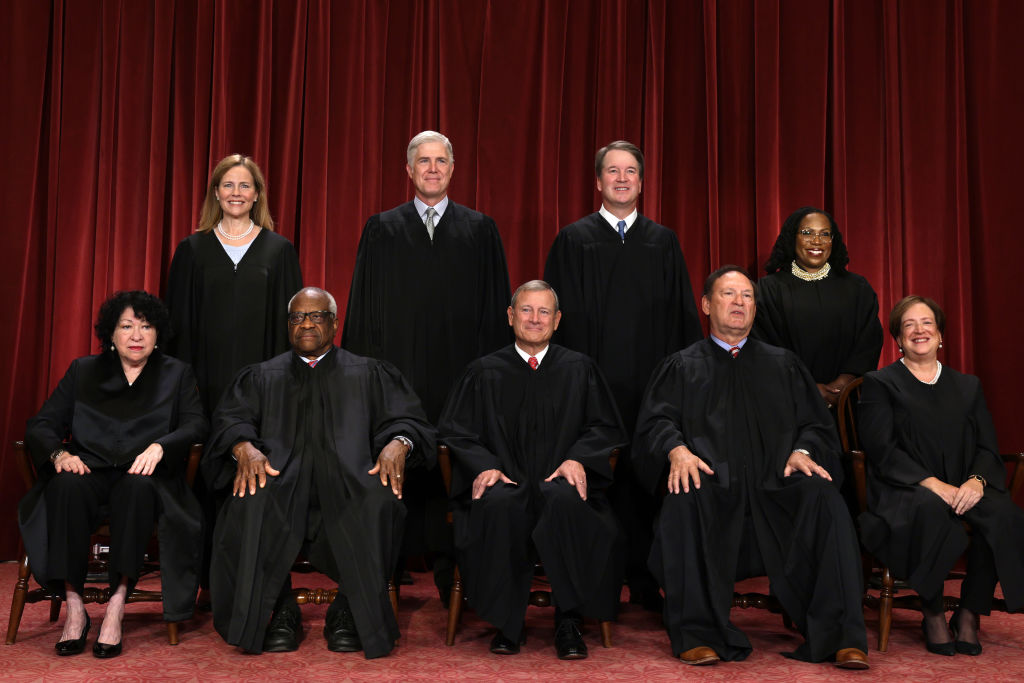
United States Supreme Court (Getty)
The headwinds facing Democrats in Congress have been blowing powerfully for some time now. On culture, the economy, law enforcement and immigration the party is on the defensive as it casts about not only for a winning message, but leaders able to persuade the public the party remains relevant in the age of Trump. Add to that list of hurdles the Supreme Court. The court’s conservative majority has delivered one blow after another to treasured progressive causes including transgender rights, maintaining the federal workforce and presidential authority. Now the court is contemplating changes to the…









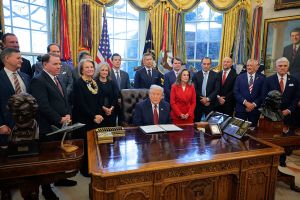


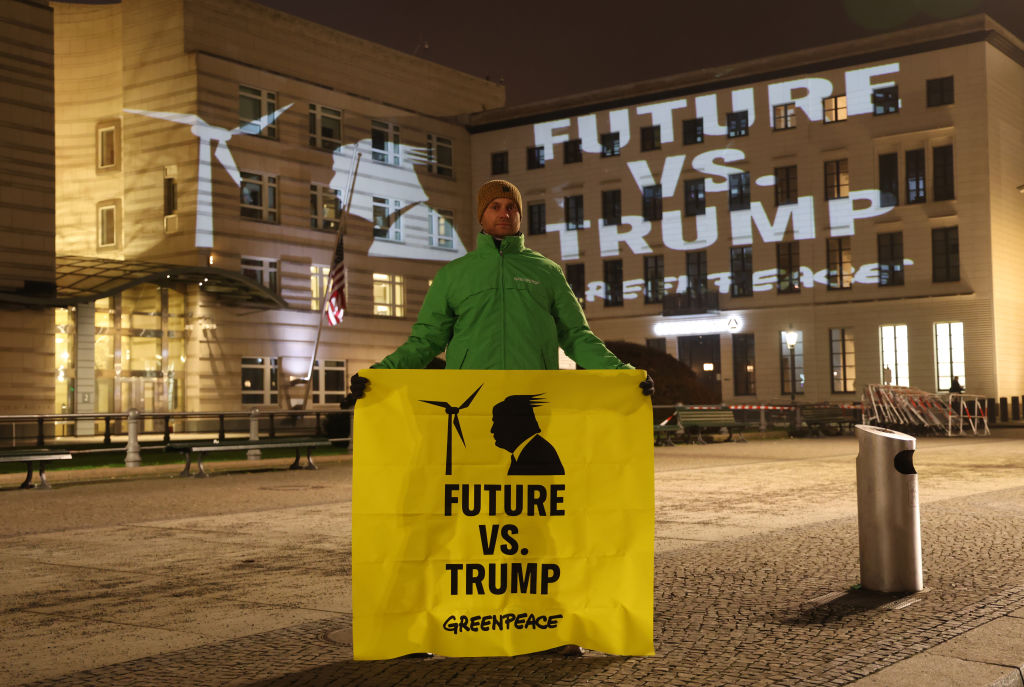
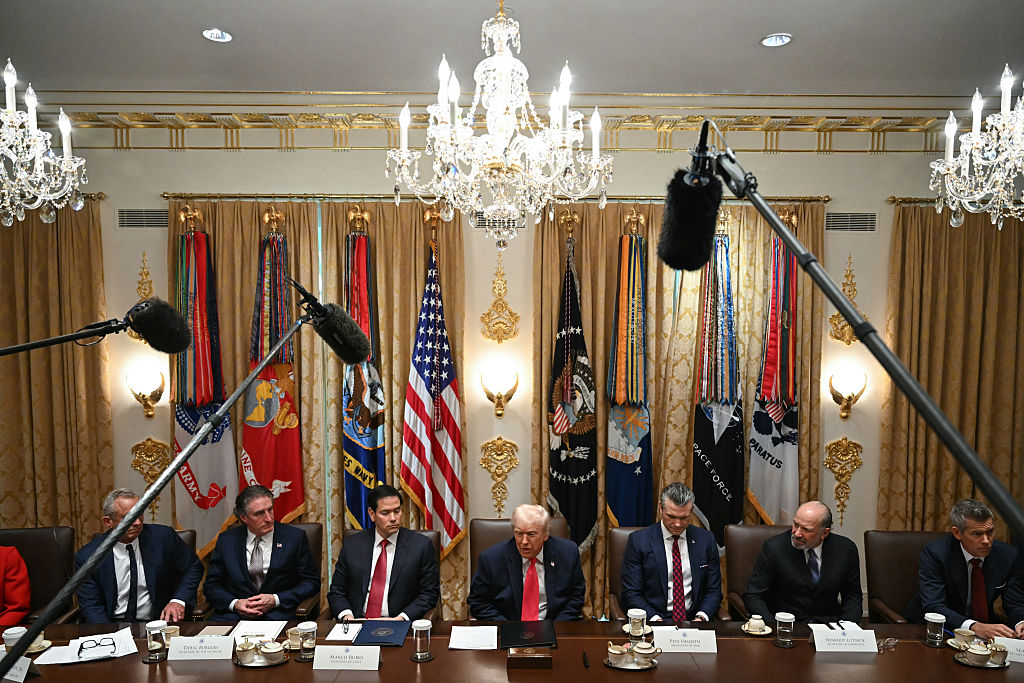

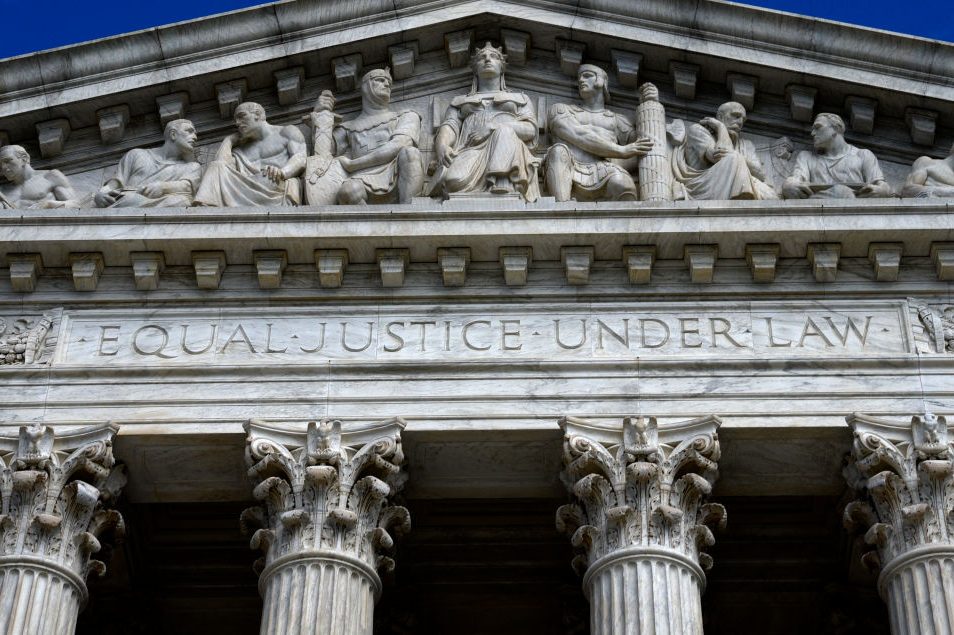



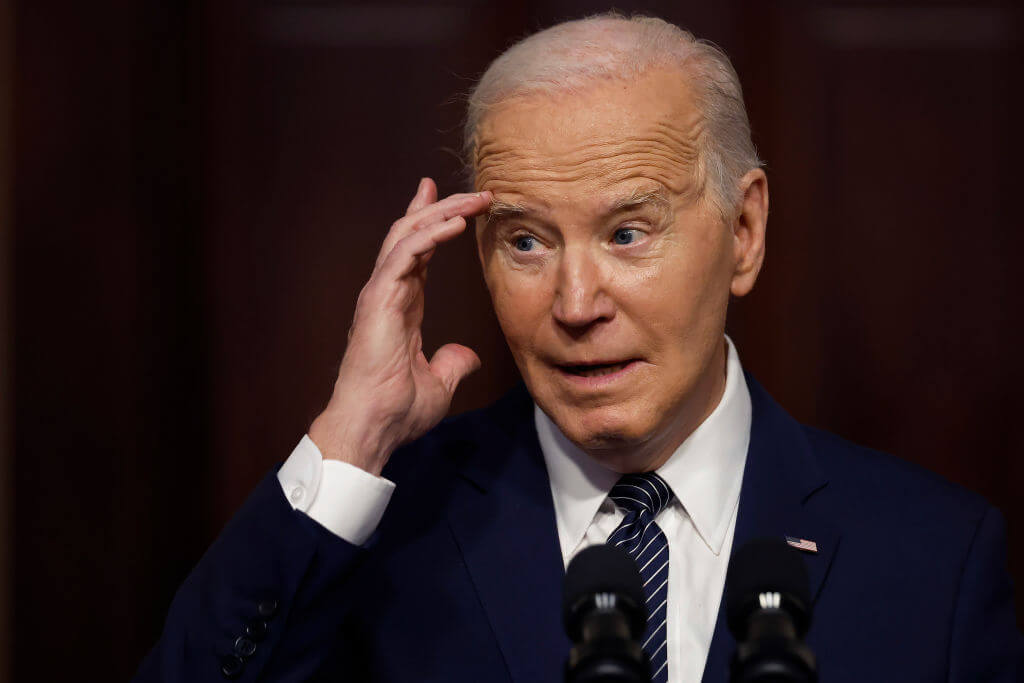



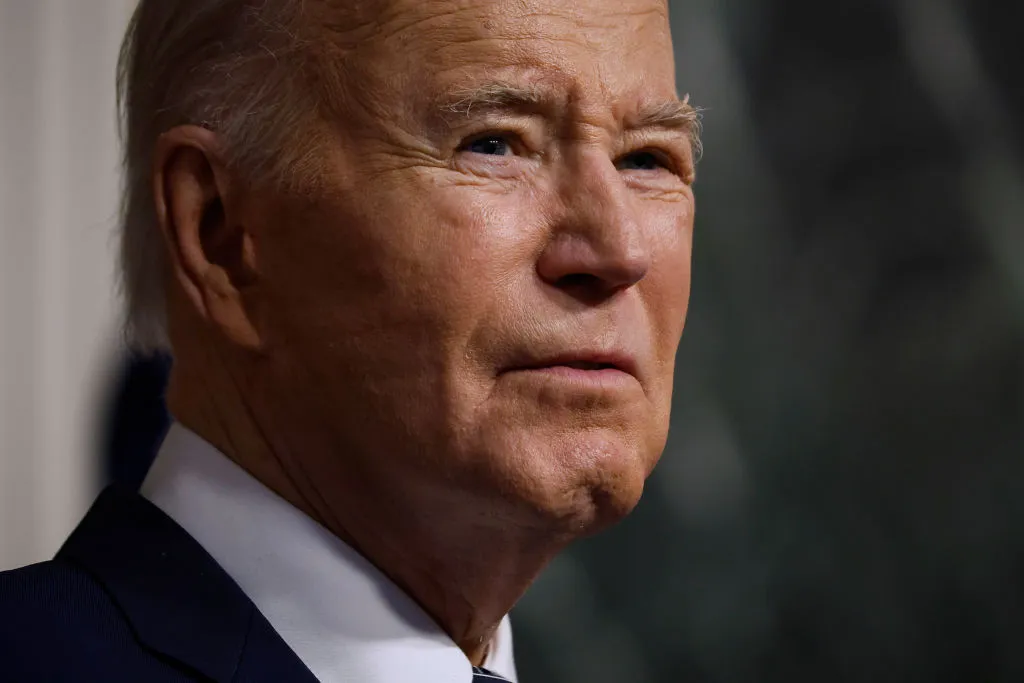

Leave a Reply